

|
|
|


|
|
1/10 Scale Electric Sprint Car:
Custom Works Enforcer (Radio Controlled Model Review)History and Info:
Introduced by Custom Works circa 1991, the Enforcer Sprint Car Kit - # 0921 - was based on the Intimidator on-road car and describes as being "race-ready", with an injection molded nylon Roll Cage, race proven suspension, tires, wheels and a detailed four-piece Sprint Car Body and Wing. A Radio System, Motor, ESC, Battery, Charger and Steering Servo had to be purchased separately.
▼ Scroll Down for More Images ▼
|








|
|
|

★ Custom Works Enforcer - 0921 Chassis ★
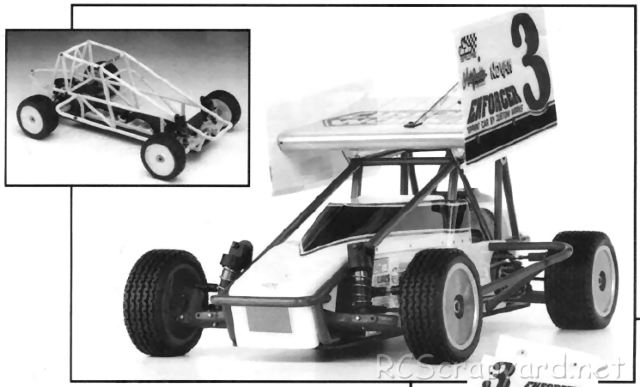
★ Custom Works Enforcer - 0921 Chassis ★
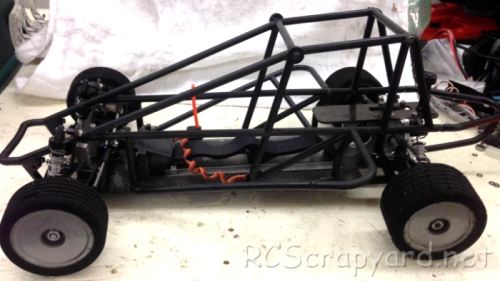
★ Custom Works Enforcer - 0921 Chassis ★
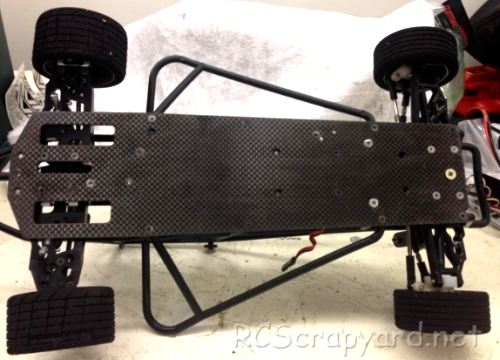
★ Custom Works Enforcer - 0921 Chassis ★
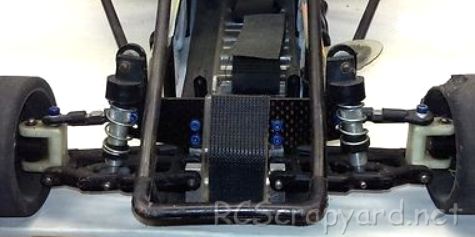
★ Custom Works Enforcer - 0921 Chassis ★
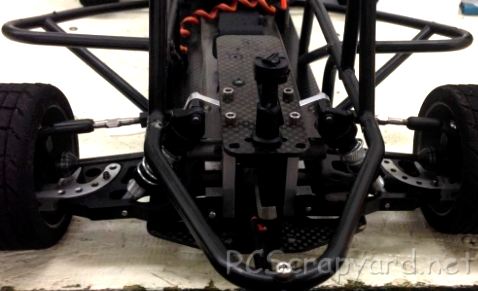
★ Custom Works Enforcer - 0921 Chassis ★
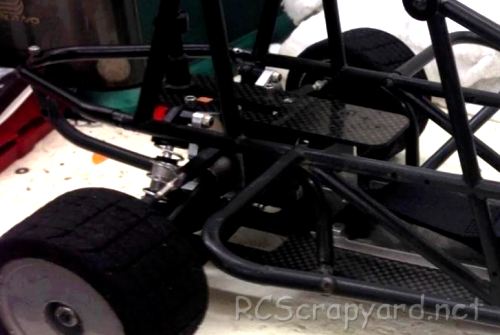
★ Custom Works Enforcer - 0921 Chassis ★
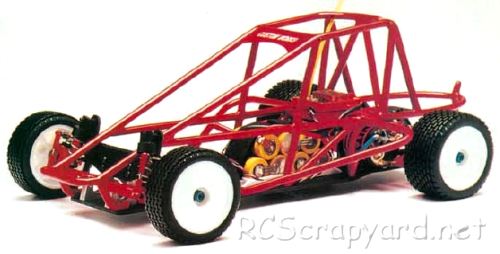
★ Custom Works Enforcer 10 - 0923 - Associated RC10 Conversion Chassis ★
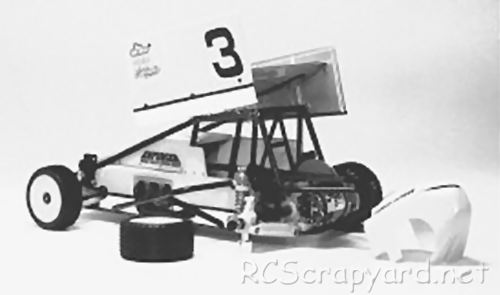
★ Custom Works Enforcer 10 - 0923 - Associated RC10 Conversion Chassis ★
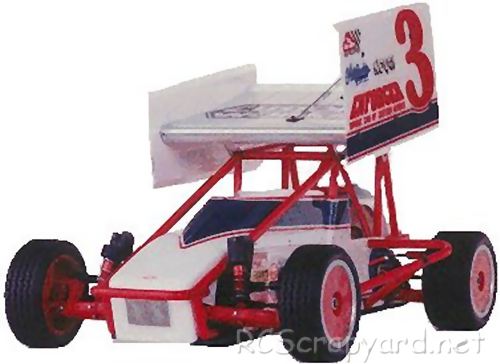
★ Custom Works Enforcer 10 - 0923 - Associated RC10 Conversion Chassis ★
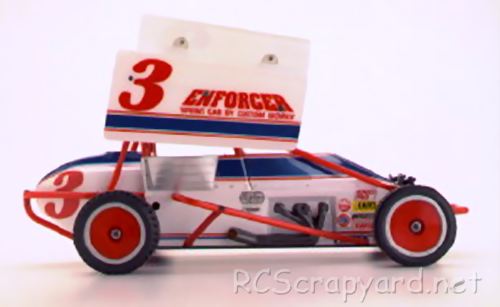
|
Buying a Used Custom Works Enforcer
|
|
Manufacturers and Brands Catalogued and Listed by RC-Scrapyard.
At present, the RC Model Manufacturers, Brands and Distributors covered by us are: ABC Hobby, Academy, Acme Racing, Agama Racing, Amewi, Ansmann Racing, ARRMA, Team Associated, Atomic RC, Axial, AYK, Bolink, BSD Racing, Capricorn, Carisma, Carson, Caster Racing, Cen, Corally, Custom Works, Durango, Duratrax, ECX - Electrix, Exceed RC, FG Modellsport, FS-Racing, FTX, Fujimi, Gmade, GS-Racing, Harm, HBX, Helion, Heng Long, Himoto Racing, Hirobo, Hitari, Hobao, Hong-Nor, Hot Bodies, HPI, HSP, Intech, Integy, Jamara, JQ Products, Kawada, Kyosho, Losi, LRP, Maisto, Mardave, Marui, Maverick, MCD Racing, Megatech, Mugen, New Bright, Nichimo, Nikko, Nkok, Ofna, Pro-Pulse, Protech, PTI, RC4WD, Redcat Racing, RJ-Speed, Robitronic, Schumacher, Seben, Serpent, Smartech, Sportwerks, Step-Up, Tamiya, Team-C Racing, Team Magic, Thunder Tiger, Tomy, Top Racing, Traxxas, Trinity, Tyco, Vaterra RC, Venom, VRX Racing, WLToys, X-Factory, Xmods, Xpress, Xray, XTM, Yankee RC, Yokomo, ZD Racing and Zipzaps. |
|
Hints, Tips and Information
Anti Squat
Described as the angle at which the suspension arms pivot in relation to the chassis, Anti Squat affects traction under acceleration. |
|
Hints, Tips and Information
Toe Angle - for Steering and Straight Line Stability
When you first build your RC model car, you will no doubt have made all the settings advised in the manufacturers' manual and will take it out on the back yard not thinking of things like camber, caster or toe-in - I know I did. It's only when you get competitive that you start learning about these things and just what a big difference they can make to the handling of your car. One of the more effective of these adjustments is Toe-in. |
|
RC Models:
|
Radio & Motors: |
Other
Accessories: |